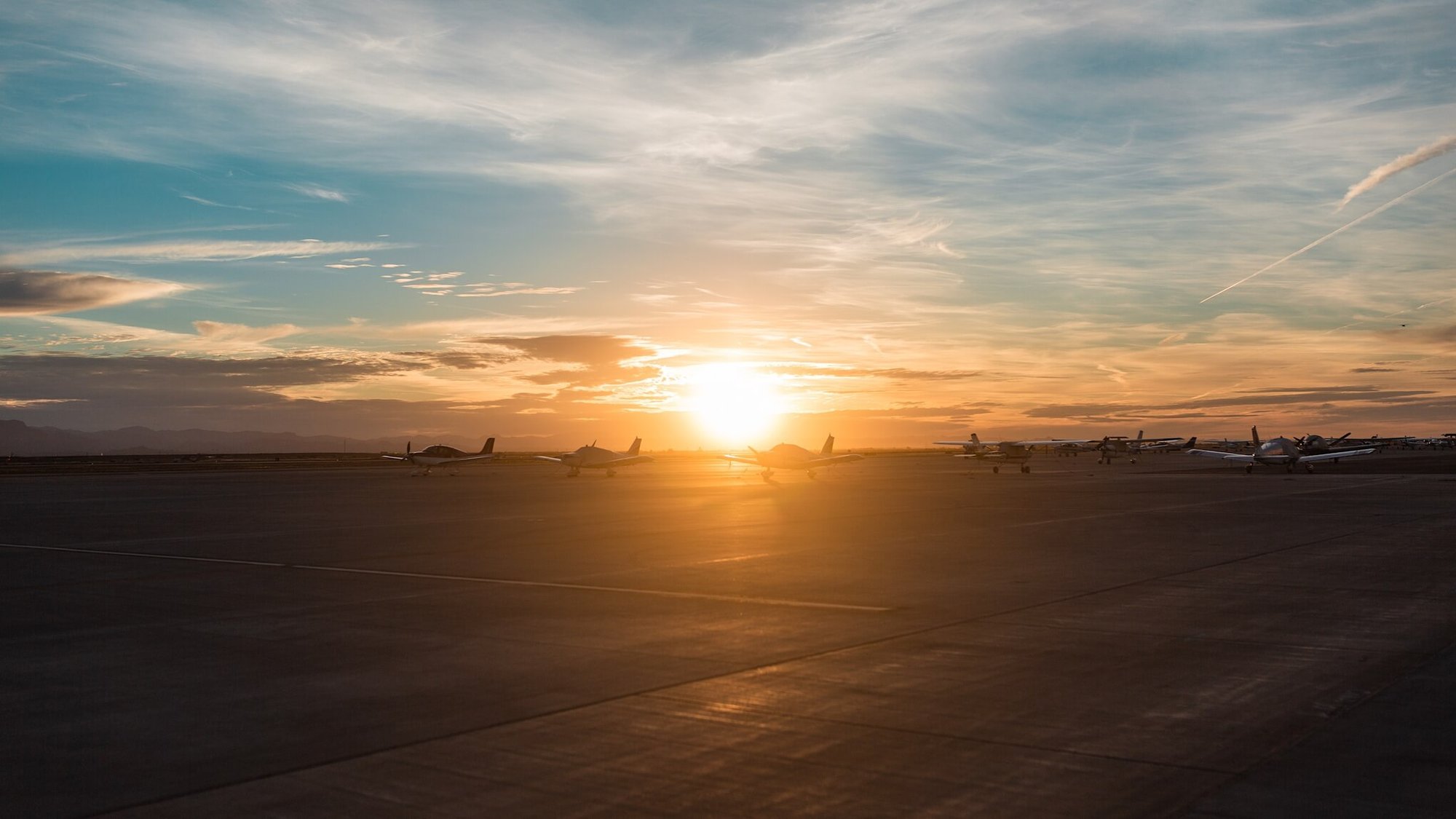Every Pilot In Control
ALL THE TIME
Existing Pilot Training Establishes Loss of Control In-flight (LOC-I) as the #1 Fatal Risk You Face on Every Flight.
We Help Pilots Bring Everyone Home Safely
Pilots trained & counting
UPRT customized for how, where and what you fly
APS Upset Prevention and Recovery Training (UPRT) ingrains the time-critical, counter-intuitive skills necessary to solve life-threatening airplane upsets that precede Loss of Control In-flight (LOC-I), the number one fatal threat to air safety. Featuring advanced jet and piston UPRT programs, each course is designed, tested, and certified to the Every Pilot In Control Solution Standard (EPIC-S2), ensuring unmatched safety and effectiveness.
Explore UPRT Programs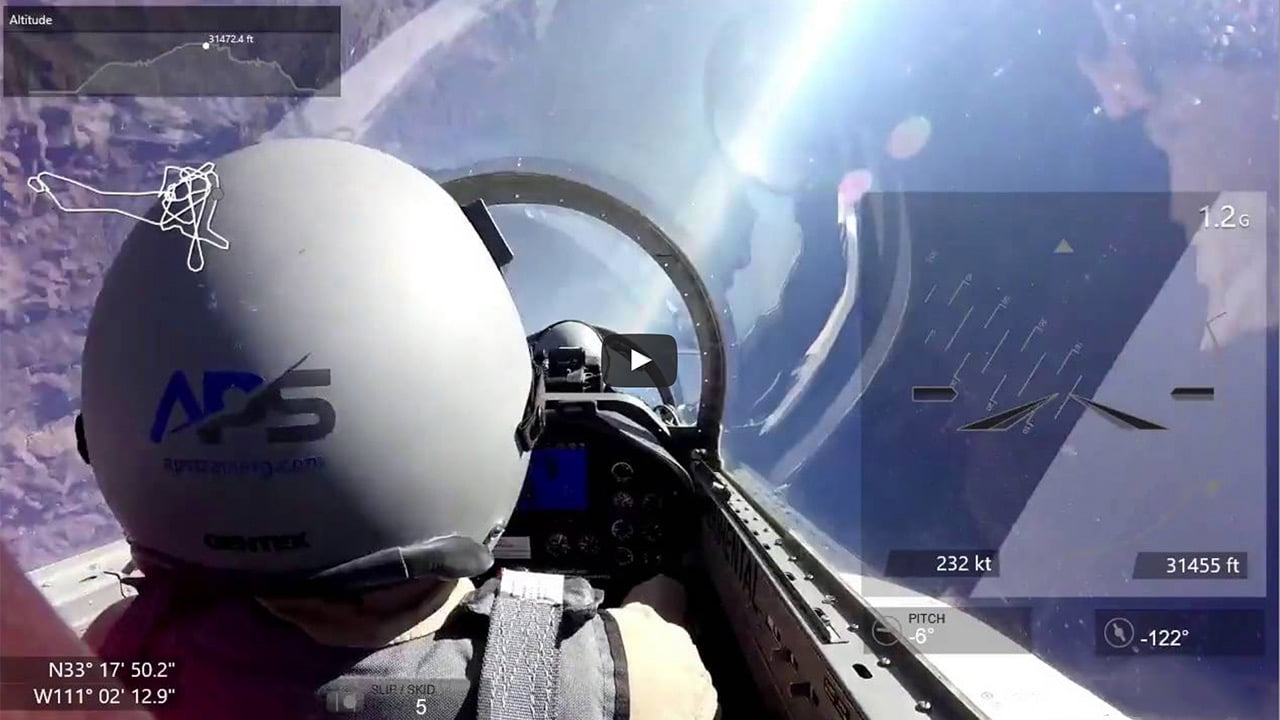
Testimonials



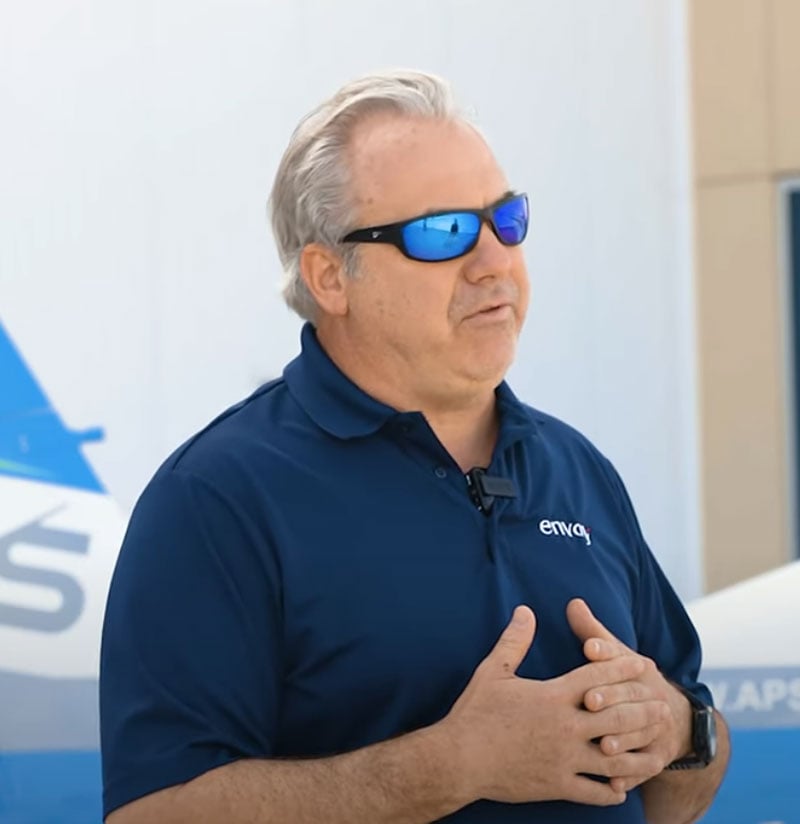
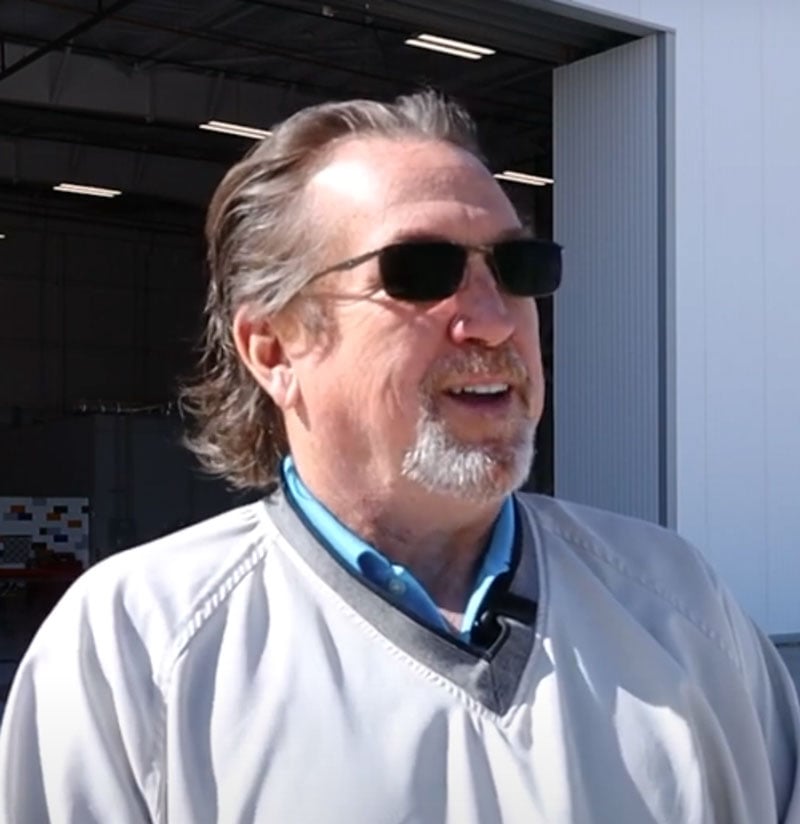
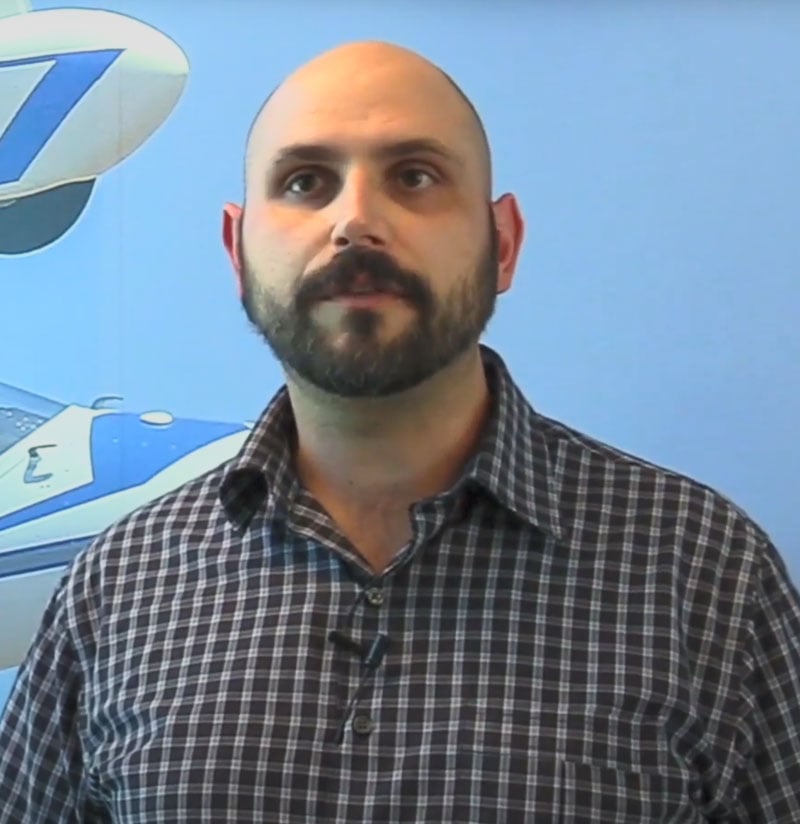
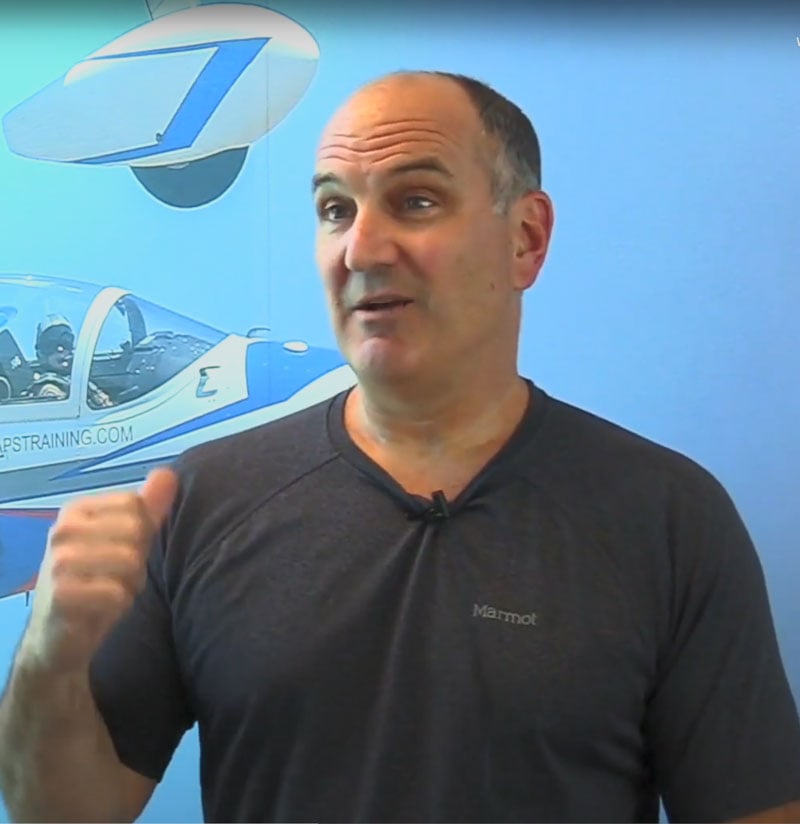

APS Programs
Professional Pilot UPRT
Experience streamlined upset training—tailored precisely to how, where, and what you fly—that delivers exceptional, real-world results.
Learn More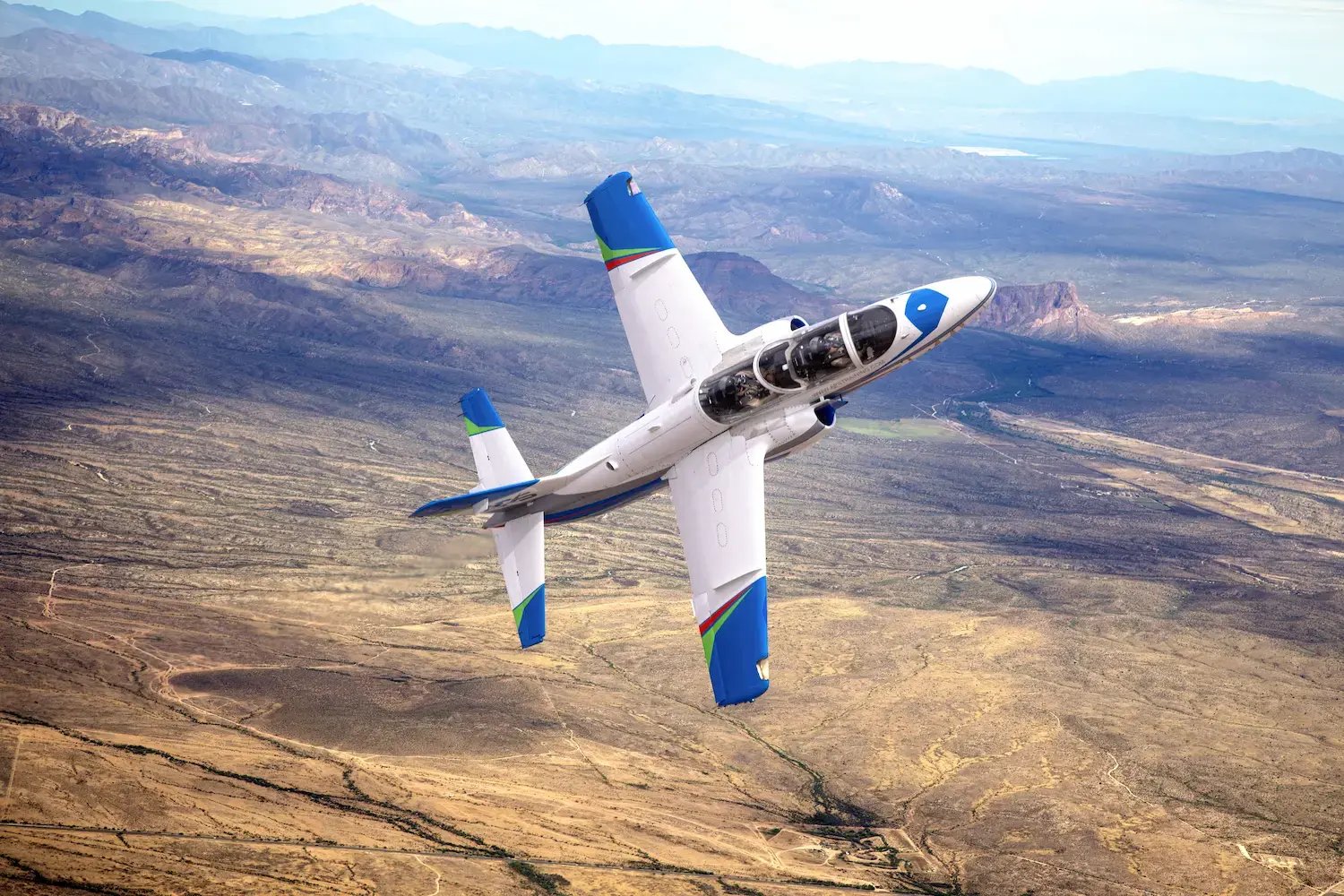
Recurrent UPRT
Keep your UPRT skills sharp and response-ready. Explore our efficient recurrent training options designed exclusively for APS graduates.
Learn More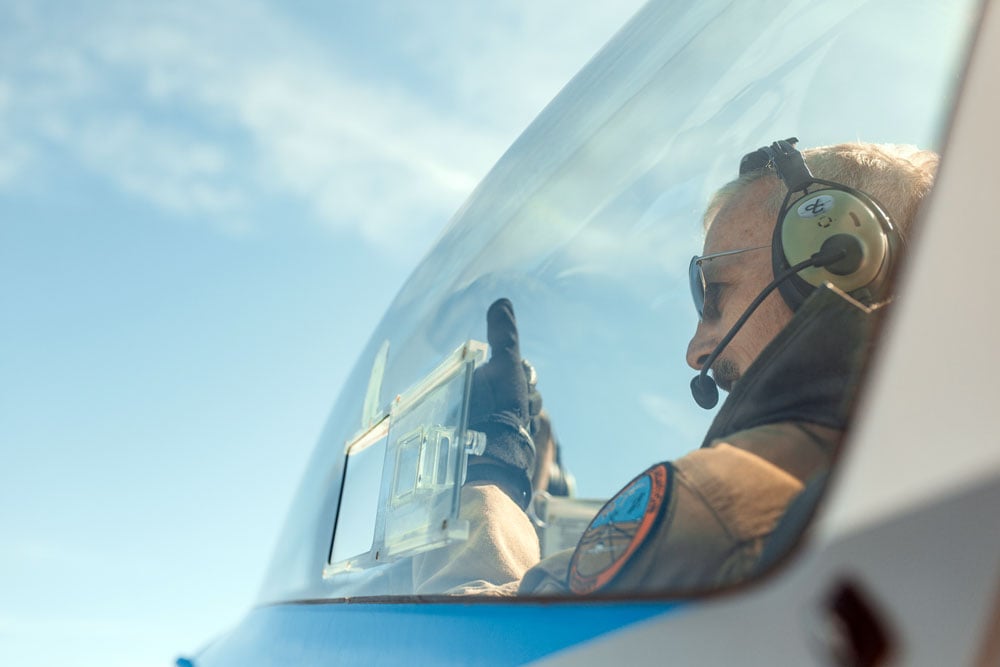
Regulatory UPRT
Ensure turnkey efficiency with regulatory UPRT programs trusted by top US air carriers, flight schools and regulators.
Learn More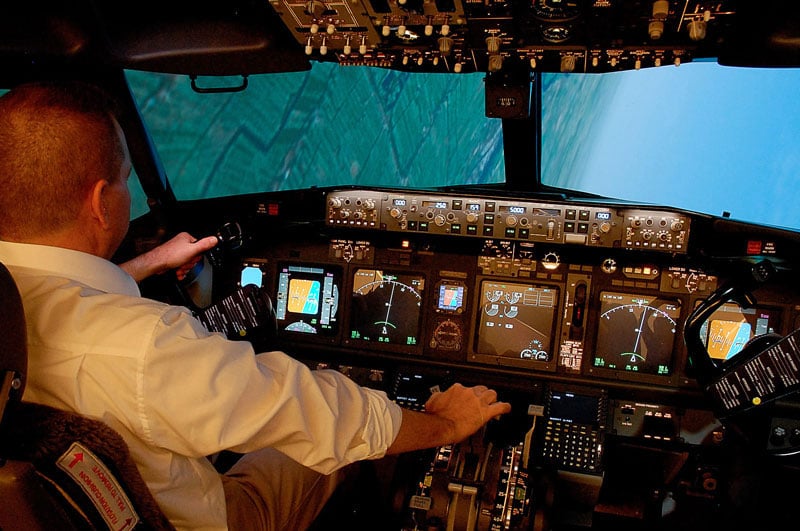
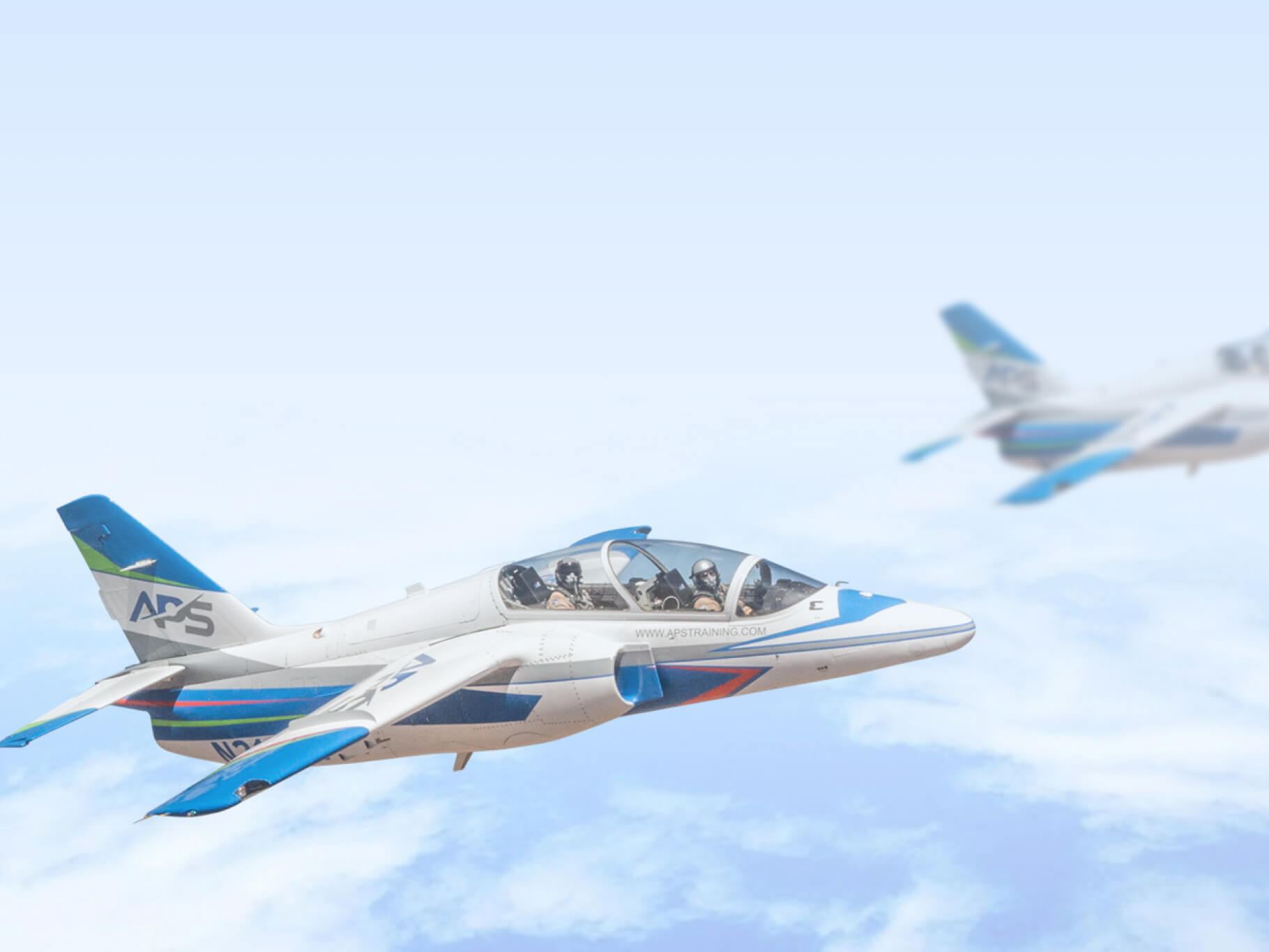
Why APS?
the Global Leader in UPRT.
At APS, we're driven by a singular purpose: We Help Pilots Bring Everyone Home Safely. With over 25 years of proven expertise, our training methods have saved hundreds of lives. Discover why APS is the industry leader in UPRT.
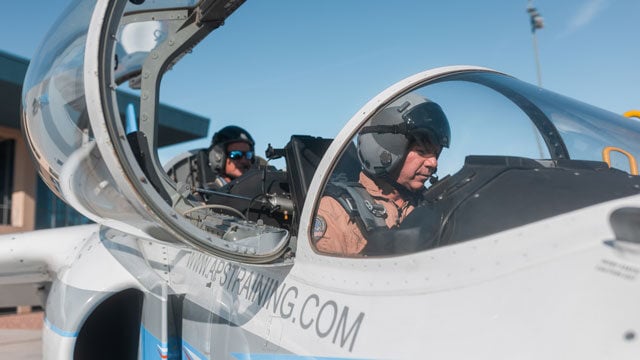
WHY UPRT?
Mitigate Your #1 Fatal Risk
Loss of Control In-flight (LOC-I) is the number one cause of fatalities across all sectors of aviation. Because LOC-I is known to occur and is almost always catastrophic, it is a risk that must be mitigated and should be addressed in every Safety Management System (SMS). Learn how to evaluate your risk of LOC-I.
Key Resources

APS Sponsors 2025 UPRT Safety Summit— Bringing Global Aviation Leaders Together to Advance Pilot Readiness
APS is sponsoring the 2025 UPRT Safety Summit, uniting global aviation leaders to share insight on preparing pilots for rare, high-consequence upset events.
Read More
Safety Culture in Motion: What Strong Flight Operations Do Differently
Discover what sets high-performing flight departments apart and how evolving safety culture, SMS alignment, and pilot competency strengthen operational safety.
Read More
Study Shows Significant Performance Gains from Integrated UPRT at United Aviate Academy
APS study shows a 427% improvement in pilot upset recovery skills, independently validated and recently highlighted by AIN. Learn how integrated UPRT drives results.
Read More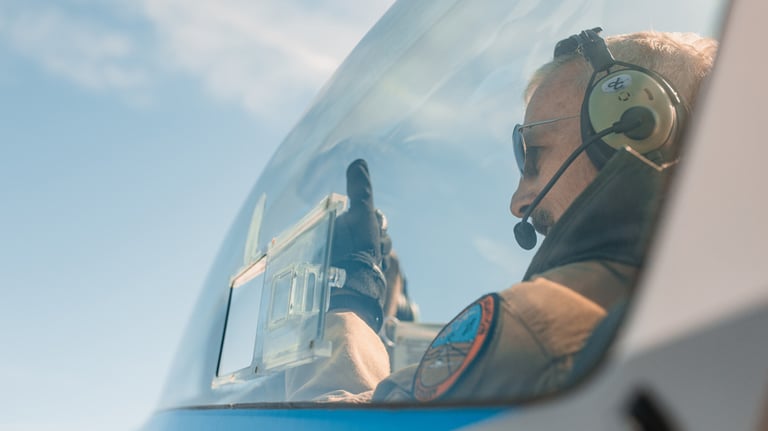
Preparation Calms Fear
Listen in as APS EVP Randy Brooks joins Nico Barraza to explore how advanced pilot training prepares us to stay calm, focused, and effective in a crisis.
Read MoreCrush your #1 Air Safety Risk
Proven UPRT Solutions Customized for You
